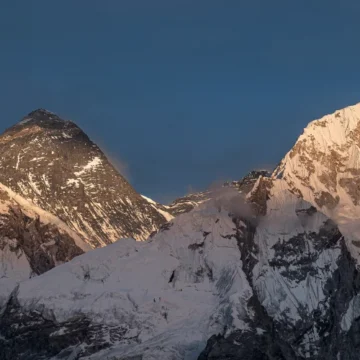
Mera Peak Climbing: Top Things You Need to Know
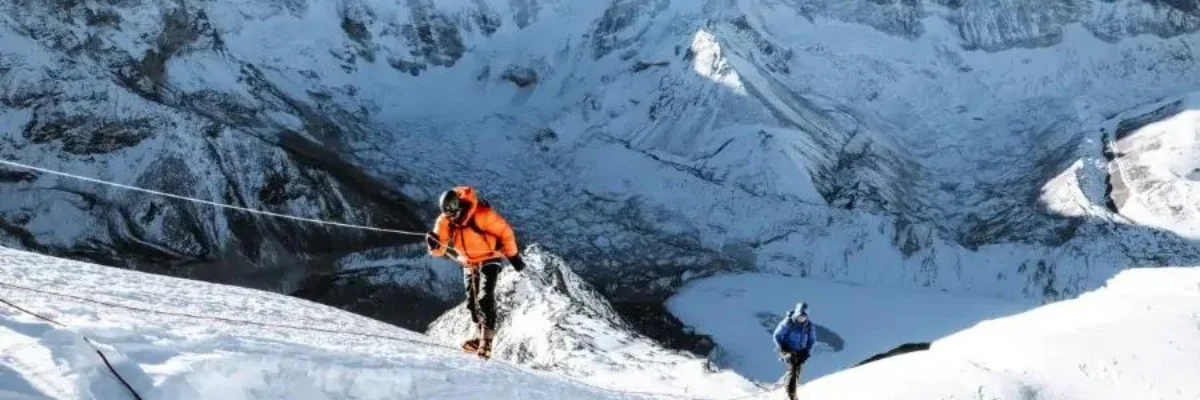
Table of Contents
Mera Peak is one of the gorgeous peaks in the Khumbu region of Nepal. Climbers and trekkers find it the best since it poses a great challenge for anyone wanting to take it on. Mera Peak Climb is located in the Mahalangur Himal sub-range. It is the highest trekking peak from the sea level at 6,476 meters or 21,247 feet.
Climbing Mera Peak provides views of some of the eight thousand peaks, including Mount Everest, Lhotse, and Makalu. While it is not as technical as some of the other higher peaks. It is still suitable for those with mountaineering experience and reasonable fitness.
Trekking and expedition are connected while climbing Mera Peak. Individuals often begin their journey in Lukla, a village in the Everest area. From there, one has to hike across stunning terrains comprising forests, steep snowy mountains, and turquoise-like crystal clear lakes to arrive at the base of Mera Peak.
Climbing Mera Peak is a simple technical difficulty since it mostly contains glaciers and ice. Nevertheless, these terrains would not constitute a problem if one is prepared well and has a good guide to lead the trip. It is necessary to have appropriate clothing and gear for this weather forecast; also, for mountains, it is necessary to get used to the climate to avoid altitude sickness.
Where is Mera Peak Located?
Mera Peak is in the Himalayas, Khumbu region of Nepal, which is well-known for its stunning views of mountains and is inhabited by Mount Everest, the world’s highest peak. Mera Peak Climb lies in the Sagarmatha National Park, a World Heritage Site.
The Mera Peak Summit is 15 kilometres or 9 miles east and southeast. The nearest town to Mera Peak is Lukla town, and many treks to Mera Peak start from there. Usually, it takes climbers mainly cross country through the beautiful towns, forests, and the rocky steep country from Lukla up to Mera Glacier Base Camp. This area is famous for its beautiful scenery and different terrain; hence, it is famous for trekking and climbing activities.
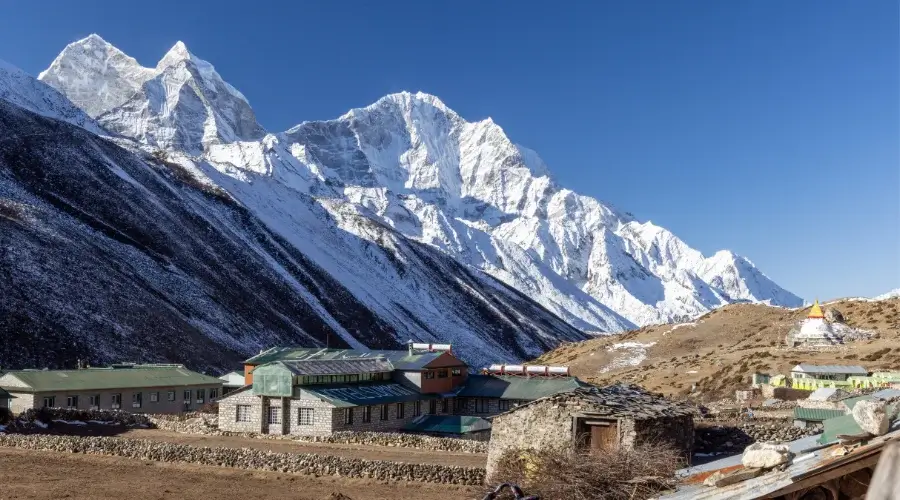
Mera Peak History
Mera Peak has a history of exploring and climbing in the great Himalayan range. The first party to attempt the peak was a British one early in the 1950s. Nevertheless, Mera Peak was not officially ascended until 1975. The first successful ascent was made by a British team led by Major John Hunt, the man who led the British expedition to Mount Everest in 1953.
After the first ascent, Mera Peak emerged as a well-known trekking and climbing destination, even though it is not as difficult as other regional peaks. , It has, over the years, gained popularity and is now among the tsought-afterht-after for climbers who would like to experience the natural feel of a rock climb at a high altitude without necessarily having to go through very technical mane that which are occasioned by some other even bigger mountains.
UK Mera Peak Climbs First Ascent
A British expedition team climbed Mera Peak Climb for the first time on May 20, 1953 AD. This climb was also significant in the region’s climbing history, as the other climbers started to follow the path the following year.
Is it Safe to Climb Mera Peak?
Mera Peak is thus a lethal mountain to climb, mainly for the following reasons. First, it rises to 6,476 meters (21,247 feet) above sea level, enhancing the possibility of acute mountain sickness. The weather in the region is extremely harsh, and climatic conditions such as cold, high winds, and sudden storms are inevitable while climbing in the Himalayas.
The Mera Peak route involves crossing glaciers, and crevasses are common, as is the possibility of sudden collapses of those ice flows. In that regard, appropriate gear and knowledge are crucial to tourists’ safety. Hence, Mera Peak does not necessarily denote technical climbing, and climbers must have stamina and some experience climbing with crampons and ice axes.
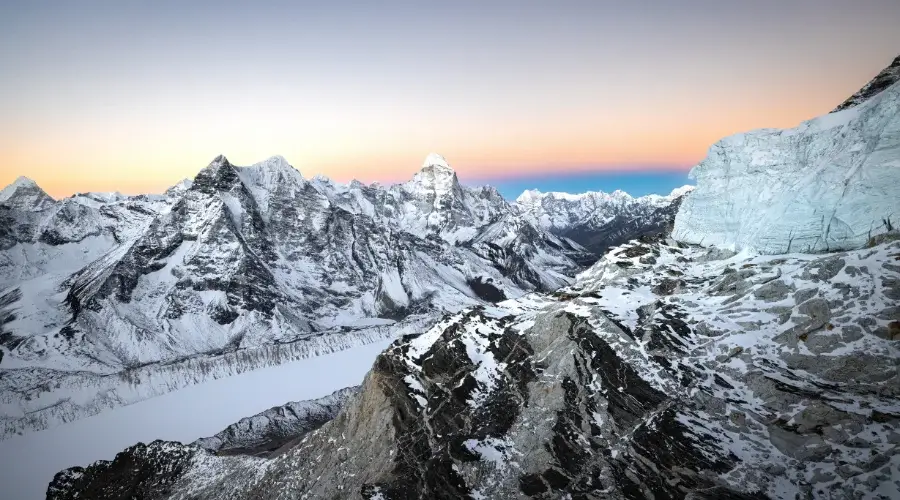
NMA Permit Fee for Climbing
To climb Mera Peak, one must obtain a permit from the Nepalese government. Currently, the NMA permit fee for Climbing Mera Peak is around USD 250 for a group of up to four climbers. For more than four climbers, you have to pay extra. In addition to the climbing permit, you should also have a TIMS card. You also need a Sagarmatha National Park Area permit to climb Mera Peak.
Height of the Mera Peak Summit
Mera Peak is at an altitude of 6,476 meters or 21,247 feet. Despite its great height, it is more accessible than other similar summits of the range, where climbing is technically not much easier. Still, it provides aspirant mountaineers with a taste of high-altitude climbing.
Mera Peak Summit Distance
Mera Peak Base Camp and Mera Peak itself are roughly a 2-3 km hike, depending on the path taken. The journey up typically lasts between 5 and 8 hours, depending on the climber’s experience and physical fitness.
It is approximately 40 km from Lukla to the Mera Peak Base Camp. Depending on the chosen program and the speed of the trek, it takes about 5 to 7 days to complete the journey. The route passes through various incredible scenery that creates unforgettable impressions on travellers.
Reach Mera Peak From Kathmandu
To get to Mera Peak, you must fly to Lukla, a 25-30-minute flight from Kathmandu. Lukla is the control point from where your trip begins. Those flying to Lukla will then start their trek to Mera Peak Base Camp. It is about 40 kilometres (25 miles) away and will take about 5-7 days to get there. The trek passes through exciting places like Phakding and Namche Bazaar. They are separated by forests and terrains at very high altitudes.
After arriving at a base camp, you will take a break and make arrangements for a climb. The last push to the actual summit of the Mera is through glaciers and ice fields, which could take one to two days. Upon completing the climb, you will return to the Base Camp, Lukla.
Accommodation
The best accommodation during a Mera Peak expedition depends on where you are at what time. Along the whole trail from Lukla to the Mera Peak Base Camp, primary accommodation will be in tea houses or lodges. These are lodging with minimum facilities, providing sleeping arrangements, food, eating places, and the use of washrooms.
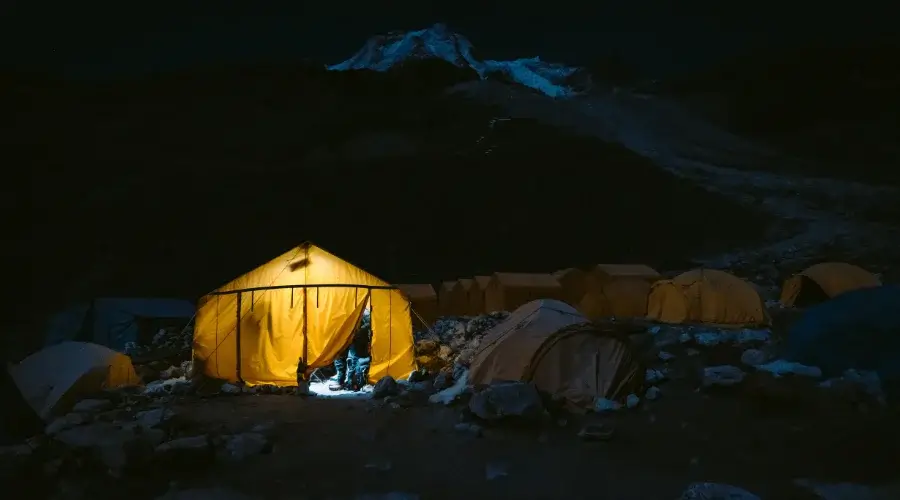
There are no permanent structures at the Mera Peak Base Camp; therefore, you must sleep in tents. Your trekking company will provide tents and sleeping bags. It ensures that you interact with nature while enjoying a view of the mountains. Also, if you plan to go to higher areas, they will provide you with Expedition Tents for the night. Though the lodges are quite simple, they have comfortable facilities that are perfect for acclimatizing before climbing Mera Peak.
Food/Meal
While on the Mera Peak trek or during the climbing period, food is consumed for energy and nutritional needs. Throughout the trek, food is normally available in the tea houses or lodges, where one takes a meal, including Nepali and sometimes international cuisines.
Some typical foods are dal bhat—a spicy lentil soup with rice—vegetable and meat curries, and chow mein or pasta dishes. Some breakfast meals include porridge, toast with jam or peanut butter, eggs, and fruits. Energy bars, nuts, and fruits are some of the best snacks one may take during the trek.
The meals are big at Base Camp, and they usually consist of rice, pasta, mixed veggies, etc., so that one gets adequate amounts of carbohydrates and proteins. Purified water or bottled water is, therefore, critical. It is essential to ensure that one takes sufficient water to drink.
Internet & Electricity
During trekking to Mera Peak, internet and electricity services are limited based on the services available along the routes. There’s often a reliable internet connection in the lodges and cafes in the lower altitude zones, including Lukla and Namche Bazaar. Most of the tea houses also provide Wi-Fi facilities. However, the internet connection may be poor and dull due to the lack of network connectivity in such areas.
While approaching Mera Peak, there is a chance that the internet connection may not be as good as it is when you are at lower altitudes. Despite all this, you can only get internet and electricity in the Khare region. Internet connection may be unavailable in higher areas such as Mera Peak Base Camp. In the area of electricity, most of the tea houses and lodges in the lower elevation have the electricity to charge the devices, which costs a few dollars.
Best Time to Climb Mera Peak
The best season to climb Mera Peak is in the spring season of March to May and the autumn season of September- November.
Spring is the best time to climb Mera Peak because the weather is stable. Also, the temperatures start rising, making it easier to trek and climb. The days are longer and warmer, making the weather more favourable, with clear skies and beautiful views of mountains.
Similarly, the autumn season is also ideal for climbing in Mera Peak. This is mainly because, after the monsoon season, it is very dry with a clear and fresh atmosphere. Even though the temperature may begin to drop as it is in spring, the weather is normally clear.
This means that it is safe to avoid this season, particularly from June to August. Since the monsoon season is a complete downpour, the rocks are slippery, and it becomes tough to climb. December to February is extremely unfavourable because of the cold climate and temperature. It makes climbing difficult, not to say safe.
Want to know more?
Speak to an Expert





Sandip Dhungana
Nepal 🇳🇵
Whatsapp: +977-9823636377



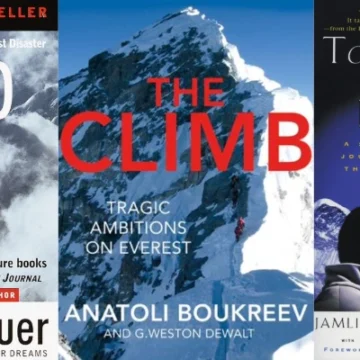
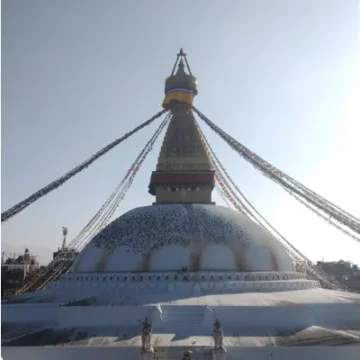
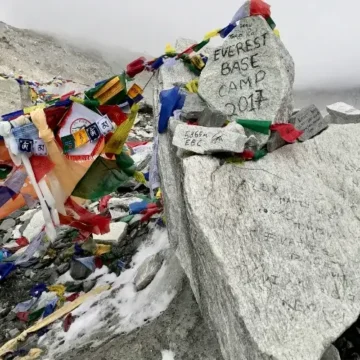
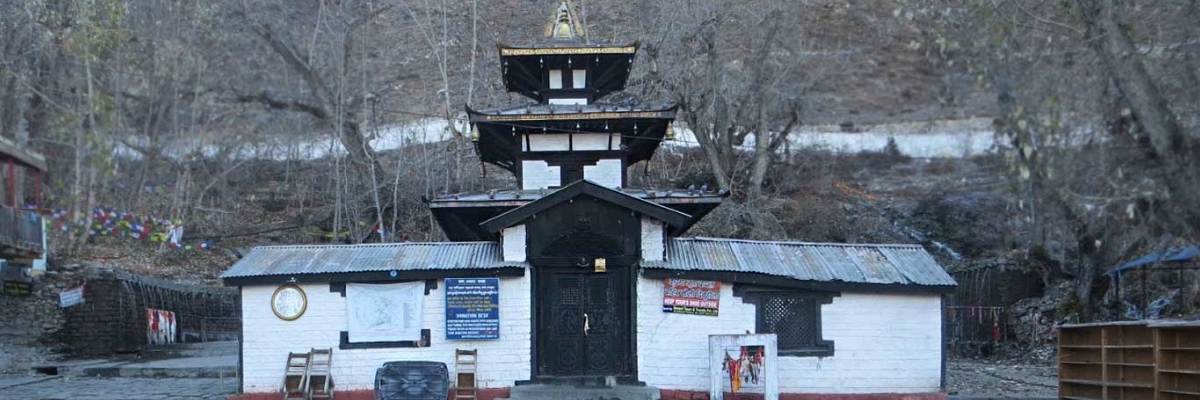

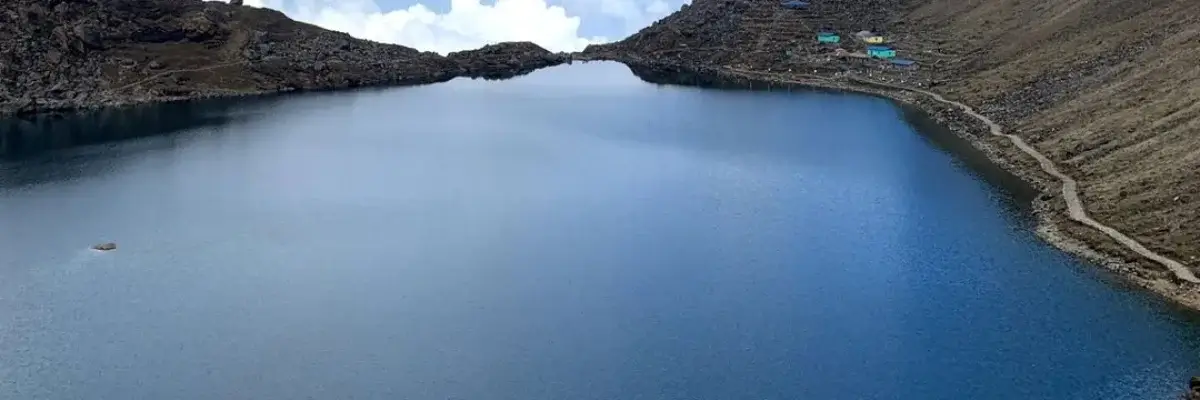

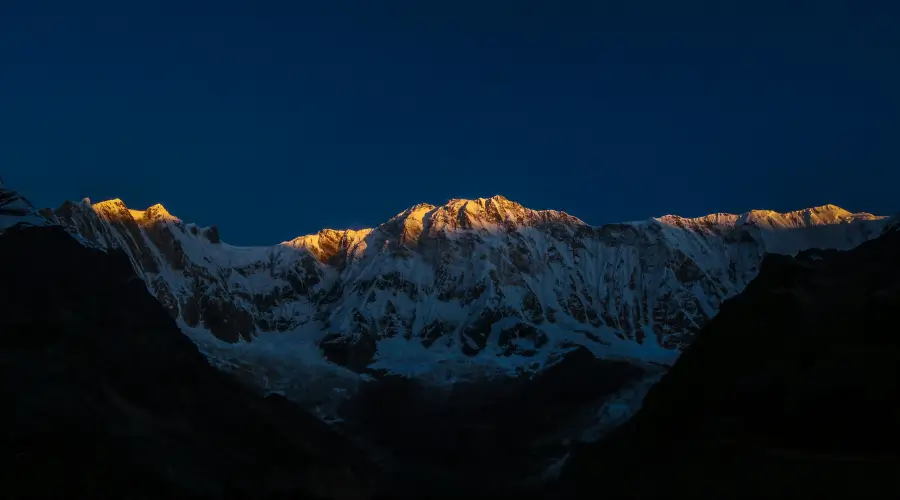










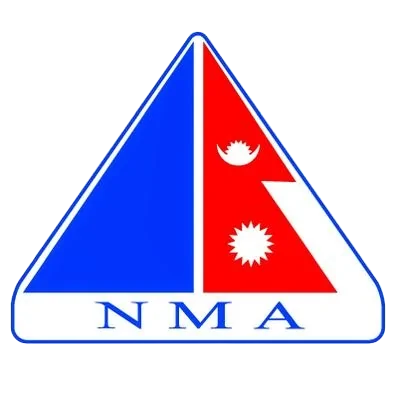


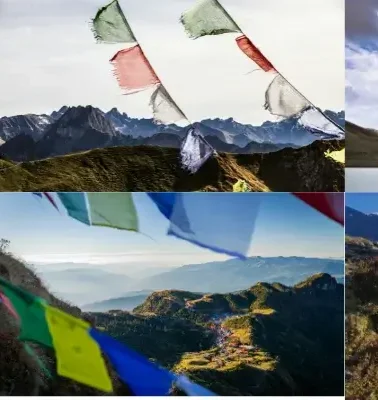
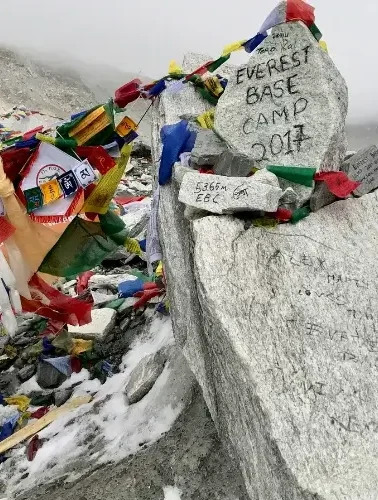
Leave Your Comment